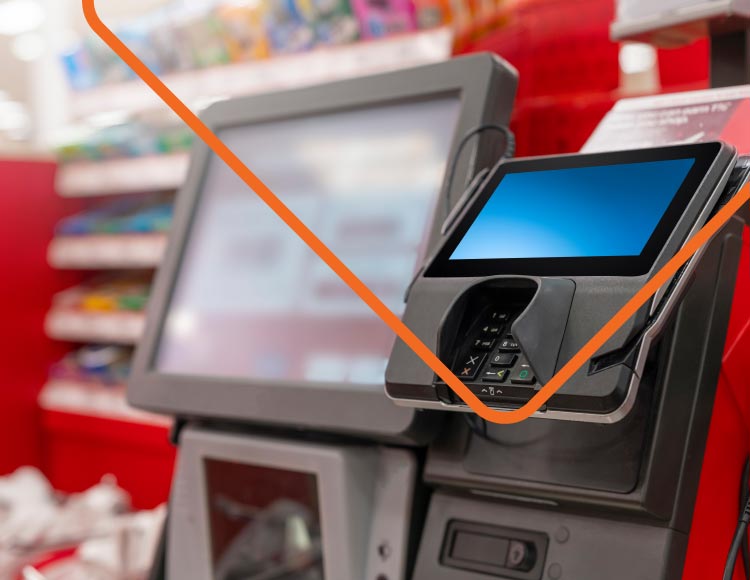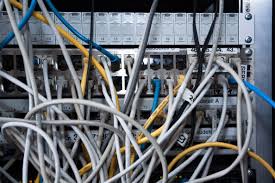
Preventing POS system outages
June 17, 2019
If the term “preventative maintenance” makes you yawn, you’re not alone. Preventative maintenance- like car insurance and the flu shot- isn’t important until it is. Learn how you can proactively prevent system outages, and how to avoid POS downtime even if your internal network crashes.
1. Make sure your networking infrastructure is up-to-snuff
It doesn’t matter how well your POS terminals function if your data center experiences an outage. The leading cause of unplanned data center outages is UPS (uninterrupted power supply) system failure (25% of outages). To prevent UPS system failure, provide these systems on-site preventative maintenance from an IT professional twice a year. According to UnifiedPower, “the mean time between failures (MTBF) is more than 20 times better for UPSs that receive preventive maintenance twice a year over those that do not.”
Even more important is ensuring your data center is accessible and organized. If your data room looks anything like the photo below, it’s going to take a very long time to identify the source of the issue.
2. Conduct regular maintenance of both software and hardware
Almost all software updates to POS systems can be deployed remotely. But, that does not mean that on-site technicians are obsolete. POS systems still require hardware cleaning and repair to function properly.
POS hardware should be cleaned daily by store employees, and several times per year by an IT professional. According to Worldlink Integration Group, “from time to time it is necessary to do a more thorough cleaning, which may require unplugging cables and/or dismantling the point of sale CPU as well as ensuring the equipment is reassembled properly and all connections to the network are reinstated securely.”
Worldlink also advises that all hardware, both CPUs and peripheral POS equipment, be replaced every 5-7 years.
3. If an outage occurs, switch your POS software to “offline” mode, or failover to an offline data-backed 4G system
Outages happen. Even billion-dollar companies experience system outages that cause POS systems to malfunction or stop working altogether. The average cost of downtime varies significantly by business, but Gartner estimates an average of $5,600 per minute. It’s not all bad news, however. There are options for mitigating the negative effects of downtime caused by network outages.
Many POS software programs have an “offline mode”, so transactions can take place as usual even without network connectivity. Once connectivity is restored, all offline transactions automatically upload to your POS system. Not all POS systems process credit card transactions while offline, so if you’re in the market for a new POS solution, ask about this functionality. Also, offline functionality is useless if you can’t leverage it. Train employees who use POS systems when and how to use it.
An even better option is a 4G failover, which will bring your POS systems back online during an internet outage. These are relatively inexpensive compared to the cost of just a single one-hour outage.
If you need help implementing the above recommendations, don’t fear. Field Nation has thousands of POS and networking technicians skilled in POS installation, maintenance, and repair. If you don’t know where to start, our friends at Worldlink Integration Group can help you build a plan to prevent an outage.
RELATED RESOURCES
More from the field
- Business Growth
- Control Costs
- Success Story
- Field Service
- Labor Marketplace
- Blog
- Labor Marketplace
- Upcoming Webinar





